The end of the road: why the Mate 40 Pro could be Huawei's last hurrah
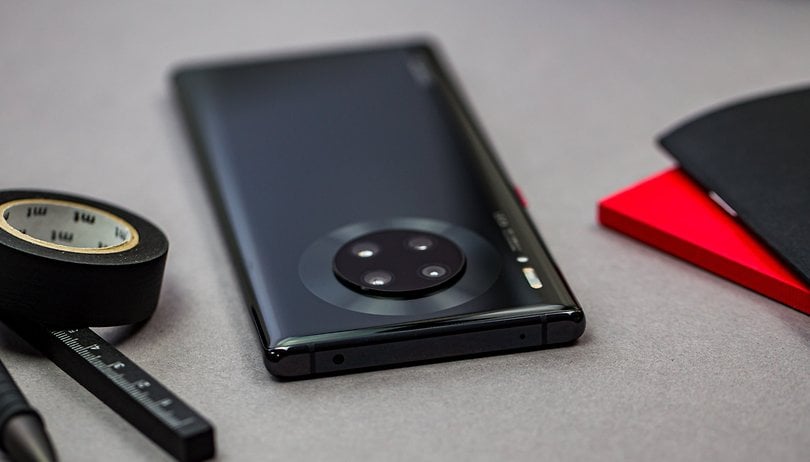

The launch of Huawei's new Mate series would have been one of the highlights of the year for us and many other publications in the past. This year, however, the event is little more than a damp squib. We're more than a year into the post-Google era for the world's largest smartphone manufacturer, but the tide certainly feels like it's changing. Is the Mate 40 launch the end of the road for the brand in Europe?
The Huawei Mate 40 looks exciting from a hardware perspective, largely thanks to the Kirin 9000 chipset. The octa-core SoC is jam-packed with Arm Cortex cores clocked as high as 3.13 GHz. In terms of raw power, it's going to be hard to beat. The love-it-or-hate-it waterfall display is back this year too, and there's a mad quad-camera module that my colleague Antoine thinks looks like an old-school iPod wheel.
None of this matters, however, at least outside of China. Huawei is forced to ship its exciting new hardware with Android 10, no Google apps and services, no Play Store, and no hope at all of selling any of them.
The tipping point feels upon us
Huawei shipping Google-free phones in Europe is hardly a new thing, of course. The same story was the case the last year's Huawei Mate 30 Pro, another impressive smartphone from a hardware perspective that initially didn't come to Europe. It eventually turned up in regions such as Germany with a huge warning stating that the Mate 30 Pro is based on the Android Open Source Project using the Huawei Mobile Services (HMS) and EMUI 10.1. "Google Apps as well as Google Mobile Services are not available for the Huawei Mate 30 Pro. Thus individual Apps may currently not be available or may not be compatible," it says on the official website, with prospective customers having to acknowledge the warning before being able to proceed to the purchase page. You still can't buy the Mate 30 Pro in the United Kingdom.
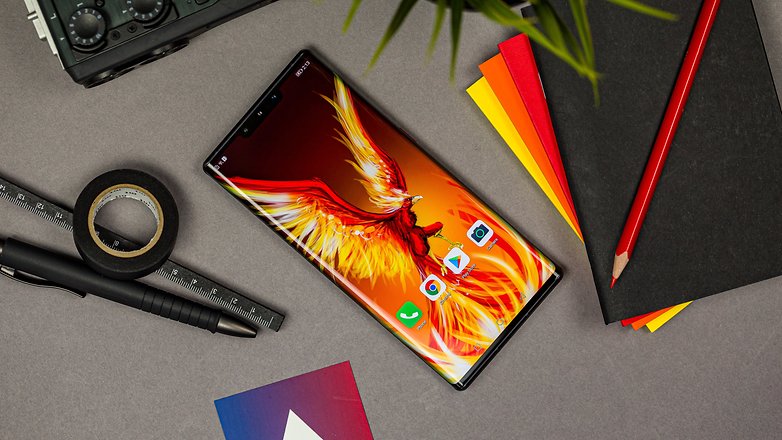
Hardly an enticing shopping experience, is it? The fact that the Mate 30 Pro can now be bought for under €600 - almost half of what it costs at launch one year ago - suggests to me that these are not exactly flying off the virtual shelves in Europe.
But it's not just the loss of Google apps and services that leads me to think that the end is near for Huawei in Europe. The Chinese giant has a much, much bigger problem on its hands than having to replace the missing apps on your phone.
In August 2020, the US Commerce Department announced fresh sanctions that, if unresolved, will result in a much bigger headache for Huawei than the previous ban caused. Under the new rules, foreign semiconductor companies are barred from selling chips developed or produced using US software or technology to Huawei, without first obtaining a license.
Huawei was already restricted from buying semiconductors for its HiSilicon chips from TSMC, the major Taiwanese semiconductor supplier, but now MediaTek is added to the list of boyfriends Donald Trump does not approve of.
Reports suggest that Huawei took a hit of around $12 billion in revenue in 2019, and the political situation has gotten worse, not better. How much longer can we expect to get our hands on devices such as the Mate series phones on these shores?

The Mate 40 Pro, Huawei's 'one last job' in Europe
It was only a month ago that we were writing about how at IFA 2020, Huawei showed it's not giving up on Europe. And whilst I agree with the argument put forward in this article, it does feel like we are quickly approaching a turning point in terms of the smartphone business in particular.
Huawei is big and wealthy enough to take another $12 billion hit and survive, sure. In China, the company is still the undisputed number one. But talk to any of Huawei's representatives in Europe and the conversation is always steered towards the so-called 1+8+N strategy, the name Huawei has given to its 5G strategy and its entire ecosystem of products.
The Huawei Mate series has often been the benchmark for smartphone performance, typically debuting the latest Kirin processor, but also other innovations that tend to become standard a year or two later.
On the Mate 30 Pro we got the waterfall display with the Side Touch Interaction function. I remember the Mate 20 Pro with its in-display fingerprint sensor and one of the first square camera modules we'd seen on the back of a phone. The Mate 10 Pro brought for the first time a brand-new Neural Processing Unit (NPU) to the camera, allowing AI to touch up shots as you were taking them. Innovation is what the Mate series has been all about.

And thus we return to the Mate 40 Pro, Huawei's one last job in Europe. The hardware, as ever, looks top-notch, but there are those in the industry already calling this the last of the Huawei flagships. How much more punishment can Huawei take on its ultra-premium, most-expensive line of smartphones if it can't shift units outside of its home region?
We may not see the Mate 50 Pro in Europe at all, and that would be a huge shame. We'll be reviewing the Mate 40 Pro for you shortly, and we're going to embrace it like the endangered species it is. As painful as it seems, this might be the last time we ride this particular hype train.
Source: CNN Business






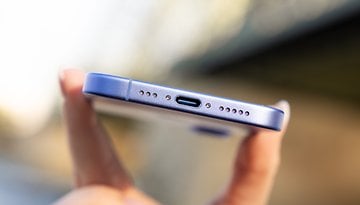
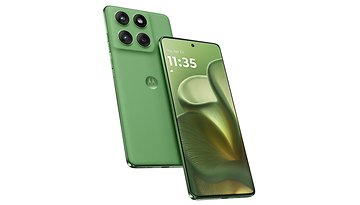




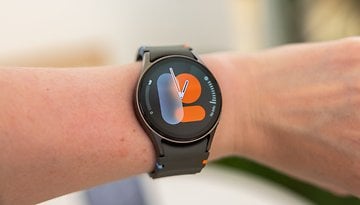

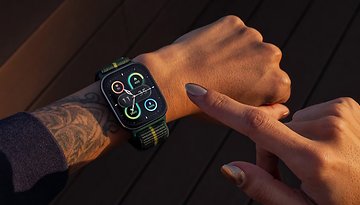





I had 4....Original Mate, then the 2, 8, 9. All performed excellent, but, living in the USA, the 9 was my last one since they stopped updating it.
An exceptional phone. From all points of view. It's just that it's a little too late.